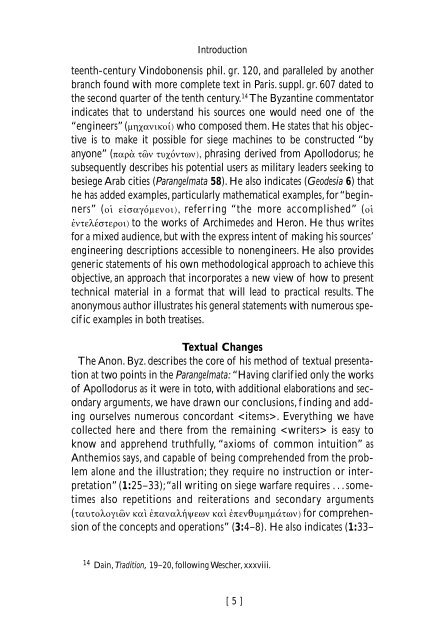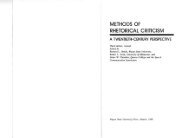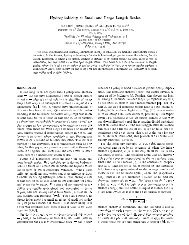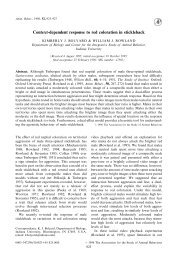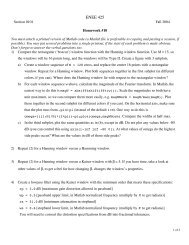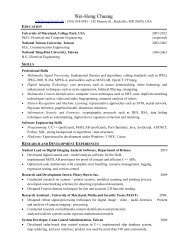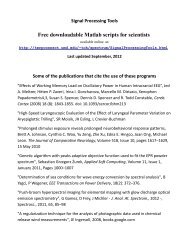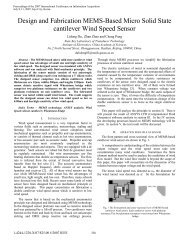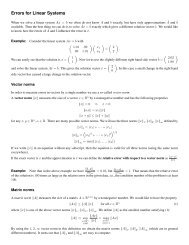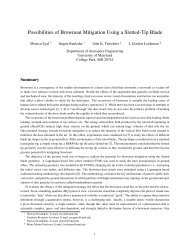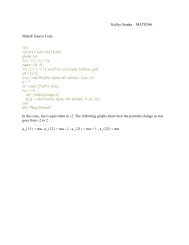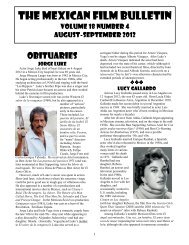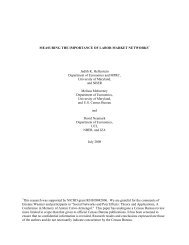Siegecraft - TerpConnect - University of Maryland
Siegecraft - TerpConnect - University of Maryland
Siegecraft - TerpConnect - University of Maryland
You also want an ePaper? Increase the reach of your titles
YUMPU automatically turns print PDFs into web optimized ePapers that Google loves.
Introduction<br />
teenth-century Vindobonensis phil. gr. 120, and paralleled by another<br />
branch found with more complete text in Paris. suppl. gr. 607 dated to<br />
the second quarter <strong>of</strong> the tenth century. 14 The Byzantine commentator<br />
indicates that to understand his sources one would need one <strong>of</strong> the<br />
“engineers” (mhxaniko¤) who composed them. He states that his objective<br />
is to make it possible for siege machines to be constructed “by<br />
anyone” (parå t«n tuxÒntvn), phrasing derived from Apollodorus; he<br />
subsequently describes his potential users as military leaders seeking to<br />
besiege Arab cities (Parangelmata 58). He also indicates (Geodesia 6) that<br />
he has added examples, particularly mathematical examples, for “beginners”<br />
(<strong>of</strong>l efisagÒmenoi), referring “the more accomplished” (<strong>of</strong>l<br />
§ntel°steroi) to the works <strong>of</strong> Archimedes and Heron. He thus writes<br />
for a mixed audience, but with the express intent <strong>of</strong> making his sources’<br />
engineering descriptions accessible to nonengineers. He also provides<br />
generic statements <strong>of</strong> his own methodological approach to achieve this<br />
objective, an approach that incorporates a new view <strong>of</strong> how to present<br />
technical material in a format that will lead to practical results. The<br />
anonymous author illustrates his general statements with numerous specific<br />
examples in both treatises.<br />
Textual Changes<br />
The Anon. Byz. describes the core <strong>of</strong> his method <strong>of</strong> textual presentation<br />
at two points in the Parangelmata: “Having clarified only the works<br />
<strong>of</strong> Apollodorus as it were in toto, with additional elaborations and secondary<br />
arguments, we have drawn our conclusions, finding and adding<br />
ourselves numerous concordant . Everything we have<br />
collected here and there from the remaining is easy to<br />
know and apprehend truthfully, “axioms <strong>of</strong> common intuition” as<br />
Anthemios says, and capable <strong>of</strong> being comprehended from the problem<br />
alone and the illustration; they require no instruction or interpretation”<br />
(1:25–33); “all writing on siege warfare requires . . . sometimes<br />
also repetitions and reiterations and secondary arguments<br />
(tautologi«n ka‹ §panalÆcevn ka‹ §penyumhmãtvn) for comprehension<br />
<strong>of</strong> the concepts and operations” (3:4–8). He also indicates (1:33–<br />
14 Dain, Tradition, 19–20, following Wescher, xxxviii.<br />
[ 5 ]


